The Complete Guide to Choosing the Best Garden Hose
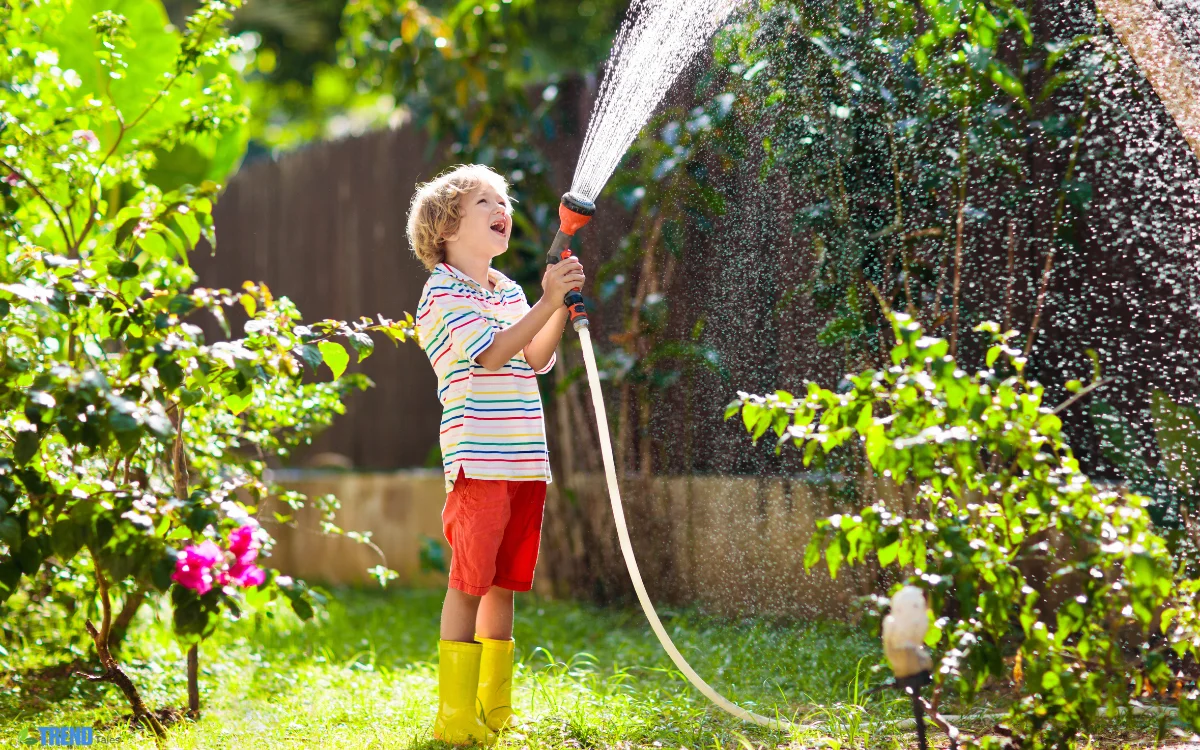
When it comes to maintaining a healthy and vib Select a 3/4-inch-diameter hose to achieve a higher water flow. rant garden, having the right tools makes all the difference. One essential tool every gardener needs is a reliable garden hose. Whether you’re watering your flower beds, cleaning your patio, or filling up a kiddie pool, the right hose can make the job faster and easier.
This detailed guide will assist you in selecting the ideal garden hose, exploring the various types, and learning how to maintain it effectively.
Why a Quality Garden Hose Matters
A good garden hose is more than just a long tube that sprays water. It can impact how much water your garden receives, how easy your tasks are, and even how long the hose lasts. Poor-quality hoses can leak, kink, or wear out quickly, leading to water waste and frustration.
Choosing a high-quality option guarantees improved water flow, long-lasting durability, and greater ease of use.
Types of Garden Hoses Available
Choosing the right type of garden hose depends on your gardening style, yard size, and specific tasks. Here are some common types to consider:
Standard Garden Hose
It’s the type most commonly used in households. It’s great for general use and is available in a variety of lengths. They are usually constructed from rubber, vinyl, or a blend of the two materials.
Soaker Hose
A soaker hose allows water to seep through its entire length, making it ideal for watering flower beds and vegetable gardens. It provides slow, even moisture directly to the soil.
Expandable Garden Hose
When water flows through an extendable garden hose, it may grow up to three times its initial size, making it lightweight and portable. It’s a great space-saving option and ideal for smaller yards or balconies.
Coil Hose
This hose coils up like a spring when not in use.It works well for compact spaces and container plants, but its shorter length may make it less ideal for bigger garden areas.
Selecting the Perfect Garden Hose to Suit Your Needs
When choosing one, it’s important to keep several key factors in mind.
Hose Length
Hoses typically range from 25 to 100 feet. Choose a length that can easily reach all areas of your garden without stretching or dragging. A longer hose provides greater reach and flexibility, though it may be bulkier and more difficult to store.
Hose Diameter
The standard diameter is 5/8 inch, which offers a good balance between pressure and flow. Choose a hose with a 3/4-inch diameter for increased water flow.
Material Quality
Rubber hoses are more durable and better at withstanding weather and punctures, but they can be heavier and less easy to handle. In contrast, vinyl hoses are lighter and more budget-friendly, although they generally have a shorter lifespan.
Flexibility and Kink Resistance
Choose a garden hose that is flexible enough to move around easily but also kink-resistant. Hoses that frequently kink can disrupt water flow and eventually damage the material over time.
Coupling and Fittings
Choose brass fittings since they offer greater durability compared to plastic ones. Some hoses also come with crush-resistant or leak-proof couplings for extra durability.
Maintenance Tips for a Long-Lasting Garden Hose
Proper maintenance of your garden hose can significantly extend its lifespan. Here are some simple maintenance tips:
-
After use, drain all water from the hose to prevent freezing or bacteria build-up.
-
Store it in a cool, shaded area, ideally on a hose reel or hanger.
-
Keep it out of direct sunlight for long durations to prevent damage.
-
Keep it away from sharp edges or surfaces that might cause abrasion.
-
Check for leaks regularly and replace washers or fittings as needed.
Best Uses for a Garden Hose
Besides watering plants, there are several practical ways to use a garden hose in and around your home:
-
Cleaning outdoor furniture and tools
-
Rinsing driveways and walkways
-
Filling ponds or fountains
-
Washing cars, bikes, and pets
-
Connecting to sprinklers for large lawns
A multipurpose tool that simplifies and speeds up various outdoor chores.
Important Features to Take Into Account While Selecting a Garden Hose
When shopping for a new one, prioritize the following features:
UV Resistance
UV-resistant hoses are less likely to crack or fade from sun exposure.
Anti-Burst Pressure Rating
If you plan to connect the hose to a high-pressure water supply, choose one that has a high burst pressure rating for safety and durability.
Drinking Water Safe
If you plan to use the hose for filling pet bowls or garden ponds, ensure it is labeled as drinking water safe.
Common Garden Hose Problems and Solutions
Hose Kinks Constantly
Tip: Choose hoses marked as “kink-free” and make sure to coil them neatly after each use to prevent bending or damage.
Leaking Connections
Solution: Replace rubber washers or use plumber’s tape around the threads.
Poor Water Flow
Solution: Check for blockages in the nozzle or hose and ensure there are no tight bends restricting flow.
Conclusion
A reliable garden hose is an essential part of any outdoor space. From watering your plants to cleaning your patio, the right hose makes everyday gardening tasks quicker and more enjoyable. By understanding the different types, features, and care techniques, you can select a hose that serves you well for years to come.
No matter if you’re just starting out or have years of gardening experience, choosing a quality one will simplify your tasks and boost your garden’s health.
FAQs About Garden Hoses
Q1: How long should it last?
With proper care, a high-quality hose can last 5 to 10 years or more. Rubber hoses tend to last longer than vinyl.
Q2; Can I use one for drinking water?
Only if it’s labeled as “drinking water safe.” Most standard hoses are not designed for potable use.
Q3: Why does my hose leak at the connection?
This usually happens due to a worn washer or improper fit. Replacing the rubber washer or tightening the fitting can solve the problem.
Q4: Is it okay to leave a garden hose outside?
It’s best to store your hose in a shaded area or indoors during extreme weather to prevent damage from sun or freezing temperatures.
Q5: How do I store my hose properly?
Store the hose on a reel or hanger to keep it elevated and neatly wound. This prevents tangles, kinks, and wear from uneven surfaces.
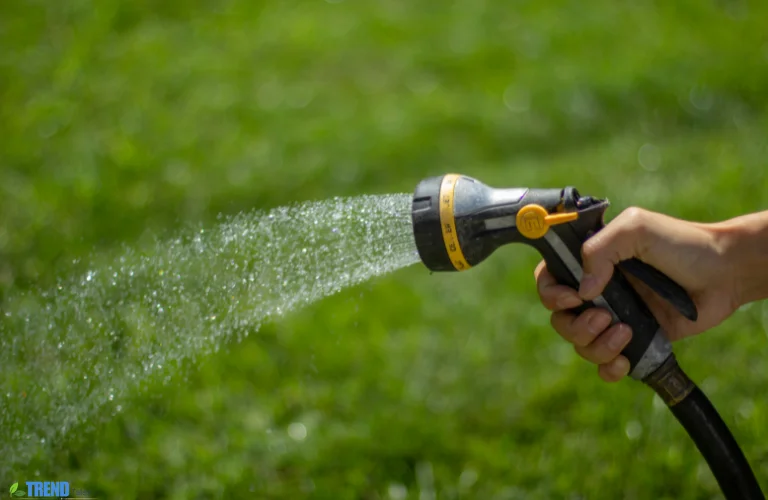
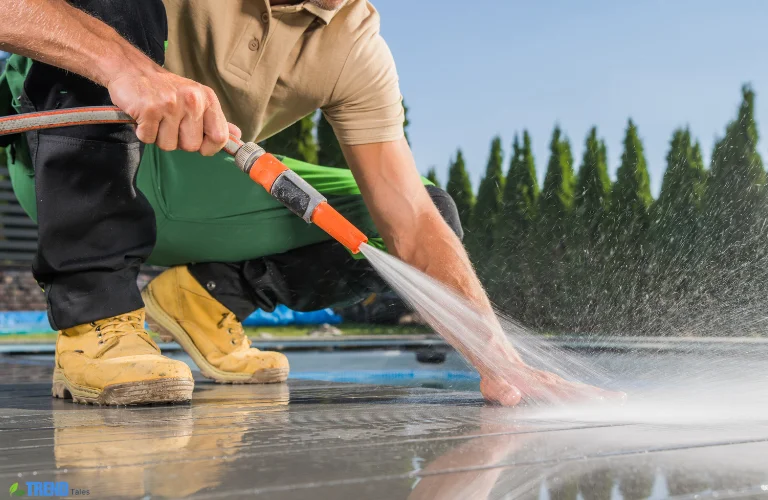
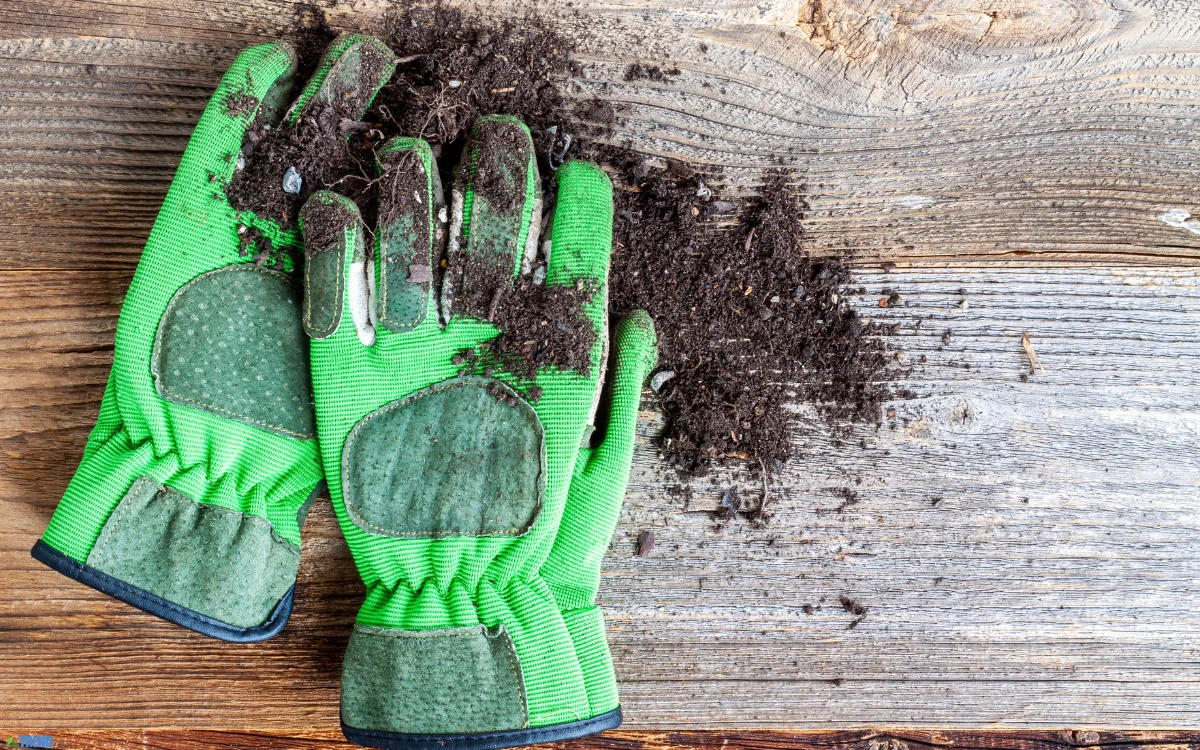
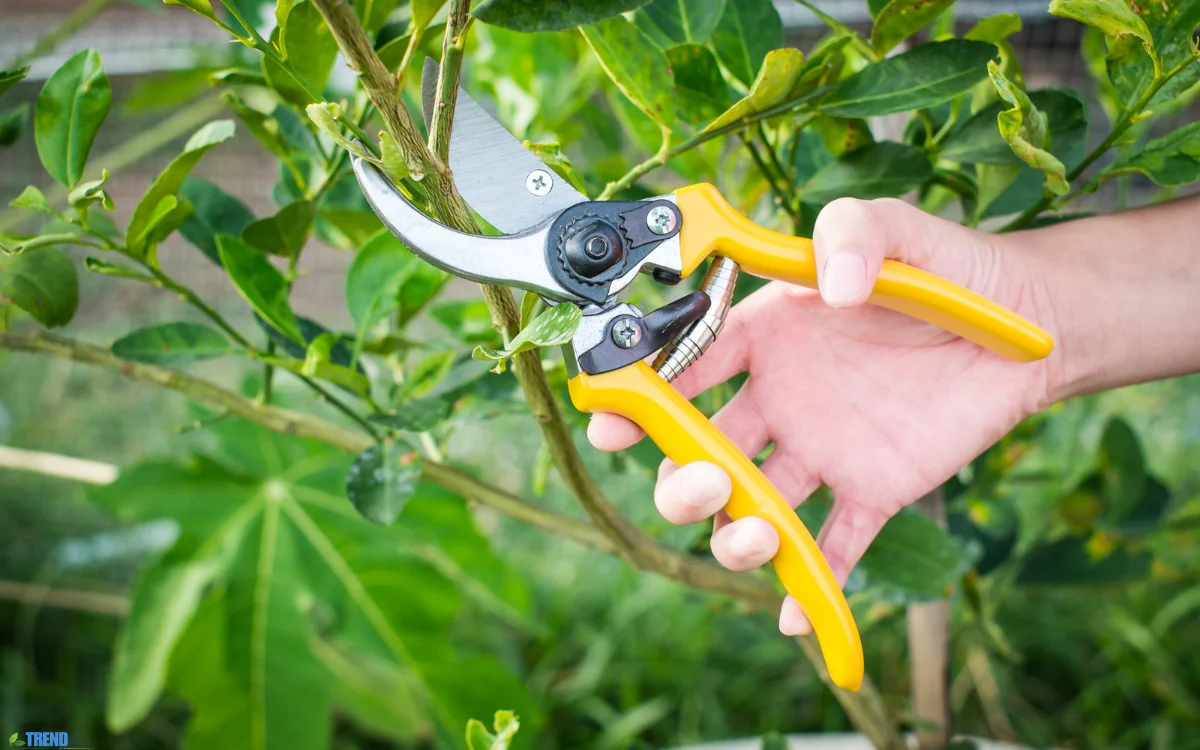
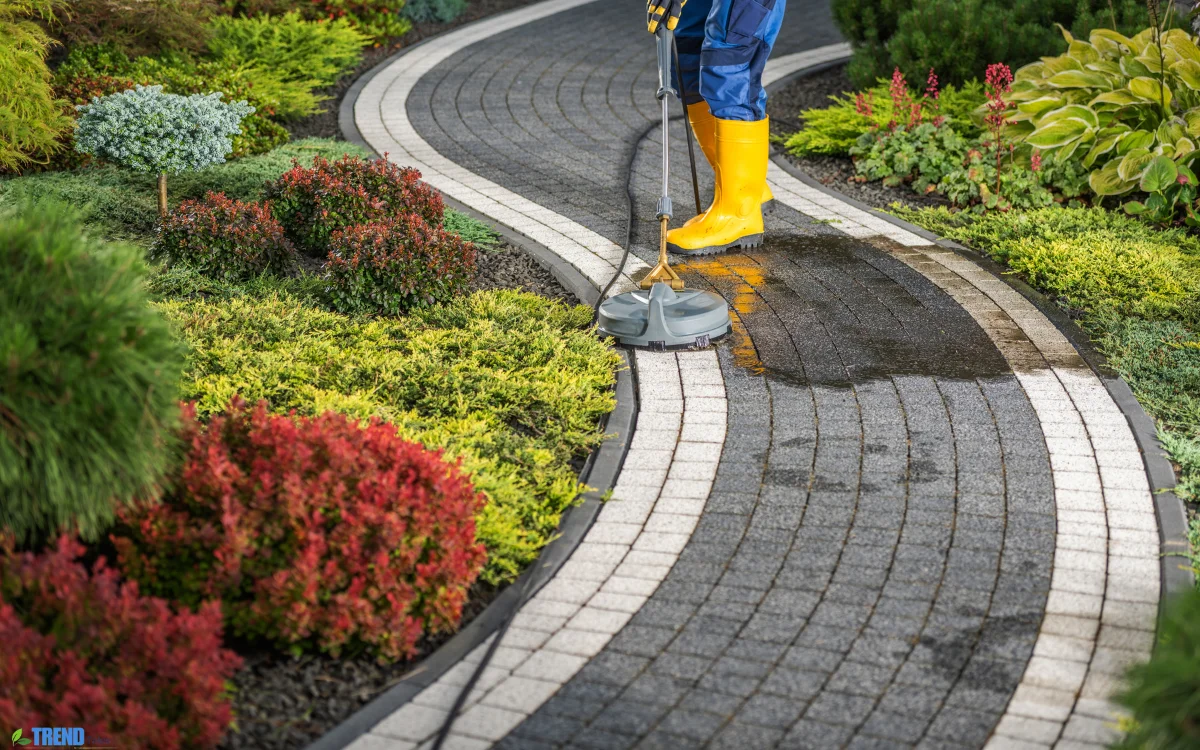
1 comment